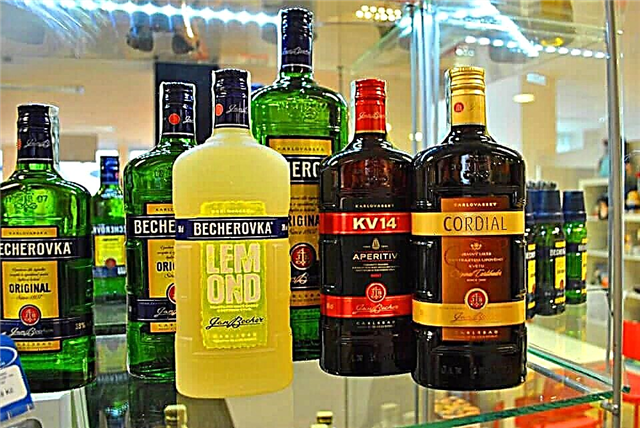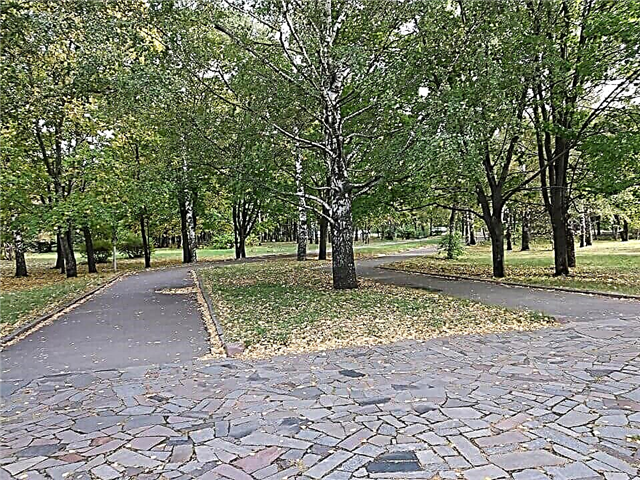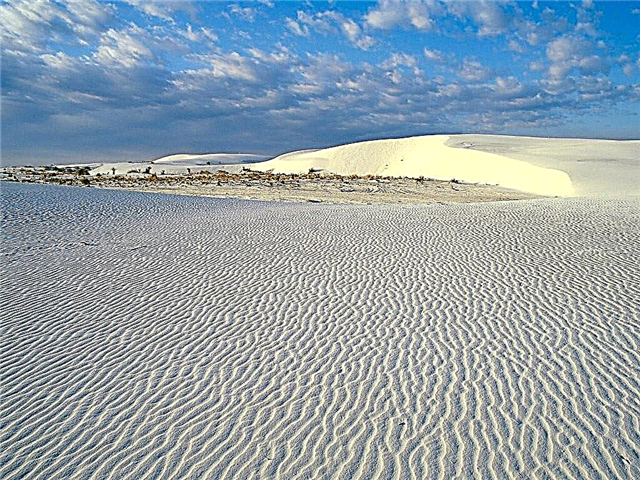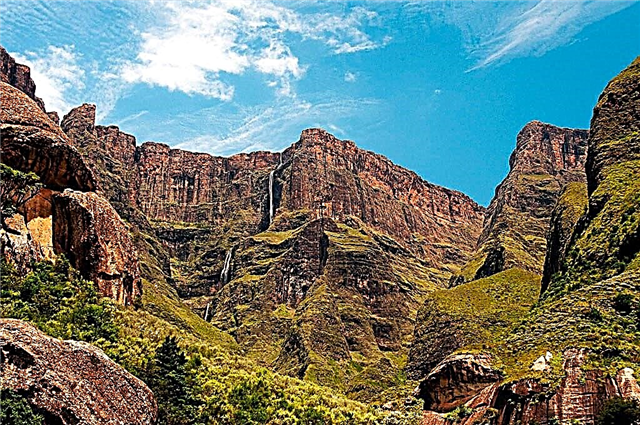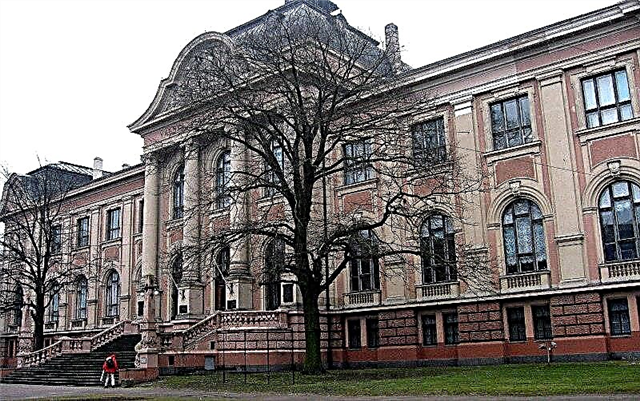Today we will have a fascinating and informative tour of the capital of Latvia. As part of a one-day trip, we will try to get acquainted with all its attractions and look into the darkest corners of the history of this city. We will tell you what you can see in Riga in one day on your own.
Freedom Monument

By good tradition, acquaintance with Riga begins with a visit to the Freedom Monument. The memorial is dedicated to those residents who heroically defended the right to the independence of the state in the 20s of the last century. The monument is located on Brivibas Avenue, which is in the central part of Riga. The monument is 42 meters high and is presented in the form of a woman holding three symbolic stars in her hands. A separate part of the exhibition is a group of additional figures at the foot of the pedestal, each of which reflects the culture, history and values of Latvians. By the way, according to rumors, a certain Milda summoned the sculptor to pose, in whose honor the monument got its second name.
The famous Lyme watches

The Laima clock occupies a special place in the hearts of the townspeople and is located in a high tower in one of the central squares of Riga. It is a favorite place to make appointments and dates. Although today the tower is decorated with the recognizable logos of the local confectionery manufacturer, it has not always looked like this. Initially, there was a usual tram stop at this place, where a clock was installed for the convenience of Riga residents rushing to work.
In 1924, the first tower appeared on this place, in which there was also a place for a clock. The tower was covered with socialist and communist slogans for a long time, and its original appearance was returned only in 1999. If you are in Riga for the first time, then the best place to make an appointment, which every city dweller knows, will be the Laima clock.
Fountain of the Nymph
This architectural delight is located at the entrance to the famous Opera and Ballet Theater. It was created in 1887 by the genius master of his time A. Foltz.

The history of the creation of the fountain is no less unique than the final piece itself. According to legend, the author of the fountain, while creating the figure of a naked girl, fell in love with his model. Suddenly, the feelings that gripped him haunted him, and the completion of the construction was constantly postponed. As a result, the beloved still reciprocated and agreed to become the wife of a brilliant architect, and the fountain, to the great joy of the people of Riga, was completed.
Today it is a statue of a naked girl with a shell in her hands, from which a stream of water escapes. Next to the nymph are figurines of children, a turtle and a dolphin. Every element of this sculpture is created in the smallest detail. Therefore, this attraction is strongly recommended to be included in the excursion program.
Monument to the Bremen Town Musicians

All of us in childhood watched with interest the adventures of the Bremen Town Musicians and sincerely cheered for them, sitting in front of the TV screens. It seems that Riga has a special attitude towards the heroes of this fairy tale, because a real monument is erected to them on one of the streets. On the pedestal, one on top of the other, are four recognizable characters - a donkey, a dog, a cat and a rooster. Do not be surprised that the author of the monument was a German sculptor from Bremen. After all, this city is considered a twin city of Riga.
By the way, according to the sculptor's idea, the monument carries a deep historical and philosophical thought and is dedicated to the end of the "cold war" between the West and the East. Of course, modern residents of Riga and guests of the city do not think about such "high matters". They like to believe more that if you rub the nose of a donkey or the beak of a rooster, their deepest desires will come true.
House of Blackheads

This historic building was restored after the devastation of war only in the 90s and became a kind of gift to the city for the 800th anniversary. Today this house attracts tourists not only with its unique appearance, but also with its luxurious interior. Exhibitions and closed events for high-ranking guests are held here. According to historical information, the house was created in the 14th century and belonged to the famous merchant guild of the Blackheads. By the way, the name is not at all connected with the surname of the merchants. The coat of arms of the house depicted St. Maurice with a black head. Unfortunately, it is not possible to check the correspondence of the current appearance of the building to the historical prototype.
Museum of the Occupation
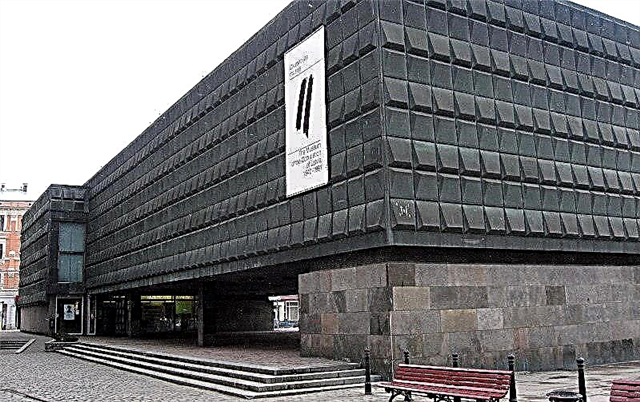
In 1993, the Museum of the Occupation opened its doors, which has stood out for its political and financial independence since its inception and up to the present time. His collection is replenished exclusively at the expense of sponsors. The main idea of the exposition is to convey to modern society the life of Latvians who suffered from Nazi terror during the war years, and were also persecuted by representatives of the Soviet regime. For the convenience of visitors, the collection is divided into several sections, each of which is dedicated to a separate historical period of the country. Many Russians have a contradictory attitude towards the gallery, because its creators actually equated Stalin with Hitler.
The Dome Cathedral

One of the most significant sights of all Latvia is the Dome Cathedral, the construction of which lasted for 5 centuries, starting from the 13th century. It is no surprise that the project, which has been worked on by several generations of architects, has such a mixed style. It is here that the unique organ from the German manufacturer E.F. Walcker & Co, which reaches a height of 25 meters!
A decorative carving acts as a decoration for a musical instrument, and when a tearing sound escapes from its seven-thousandth army of trumpets, the heart begins to pound madly in the chest. Even today, this instrument is considered the largest in the territory of the former USSR. And in 1883, when it was installed, there were no analogues in the whole world.
Art Museum

The gallery called "Riga Bourse" includes a huge collection of the best examples of European, Eastern and Ancient Egyptian art. The oldest exhibit dates back to the 5th century BC. A huge collection of works by contemporary artists is presented. The gallery with works of Northern European authors is especially popular among connoisseurs of art. There is a Silver Cabinet near the Western Gallery, where you can enjoy an impressive collection of products made of this noble metal, which came to Riga not only from Europe, but also from the Asian region.
Government castle

This old complex deserves to take its rightful place in the excursion program. Tourists will be amazed by its unique appearance and rich history that dates back several centuries. At one time, it was in his offices that the historical decisions of the numerous "occupation" governments of the country were made.
Since each new owners of the castle have adapted it to their needs, we can contemplate a rather interesting interpretation of its exterior and interior decoration. Today this building is the residence of the head of the Latvian state. But there was also a place for several museum galleries.
Black Magic Bar

We recommend that you end the daytime program at the Black Magic Bar on Kalku Street. It was here that the legendary Riga Balsam was invented, the author of which is considered to be the alchemist A. Kunce.By the way, this drink owes its popularity to the Empress Catherine II, who not only appreciated its refined taste, but also made it possible to establish a full-fledged production of herbal tincture.
Even today, the bar has a safe that stores the 24 types of herbs needed to make the drink. And for 20 euros, each visitor can see how it is actually created. The interior of the bar also attracts - antique lamps swing under the stone arches, and the furniture is made exclusively of wood.



